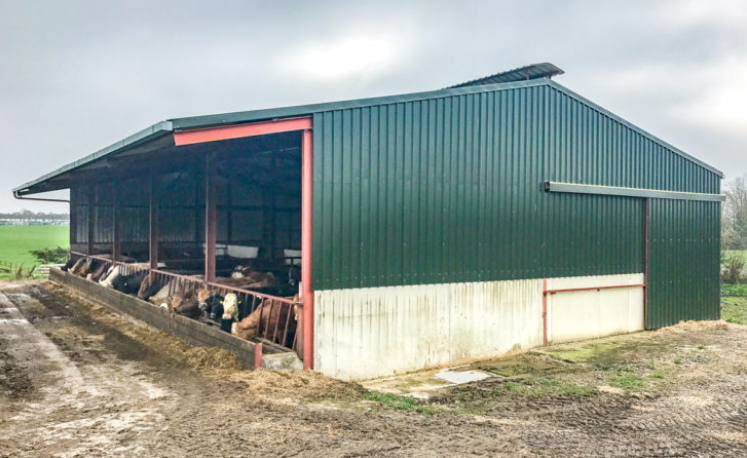Although grass is aplenty on many farms, wet weather over the weekend has given some farmers no other choice but to house their cattle, but hopefully – for these farmers – it is not the end of the grazing season.
However, farmers should have a plan in place as how to best manage their cattle; whether it be cows, weanlings, stores or finishing stock.
Winter housing can be a costly time on a beef farm. But the weight gains made over the winter period, particularly in finishing systems, are vitally important.
Farmers should also pay careful consideration to the size of the shed available, as overcrowding can lead to a significant reduction in animal performance.
- According to Teagasc, suckler cows housed in slatted houses require 2.5-3.0m²/cow, while cattle weighing over 275kg require 2.0-2.5m²/animal. Weanlings or cattle weighing under 275kg are required to have 1.2-1.5m²/animal.
- Lighter animals (under 275kg), according to Teagasc, that are housed in straw-bedded sheds, require 2.4-3.0m²/animal; heavier cattle (over 275kg) need 4.0m²/head.
In order to get the most live weight gain from your cattle over the winter months, it is advisable to group animals in accordance with weight.
This will stop heavier animals bullying lighter animals for space at the feed face. In addition, significant gains can be made in finishing enterprises when all of the animals in a group are the one size.
In spring-calving enterprises, dry cows should be grouped on the basis of body condition score (BCS). This allows for each cow’s intake to be monitored and to reduce the incidences of difficult calvings next spring.
Along with an adequate feed space, cattle should always have access to fresh, clean water at all times.
Farmers should ensure that there is a continual flow of fresh air throughout the shed. In addition, drafts should be kept to a minimum to prevent cattle from getting chills.
By making simple modifications, such as removing some of the side sheeting of sheds, fresh air can be circulated around the shed.
Research has shown that animals perform better in well-ventilated sheds, as they are less like to develop respiratory infections or pneumonia. Animals may not always show signs of pneumonia.
However, suspect animals should have their temperature recorded and be treated accordingly if the need arises.



